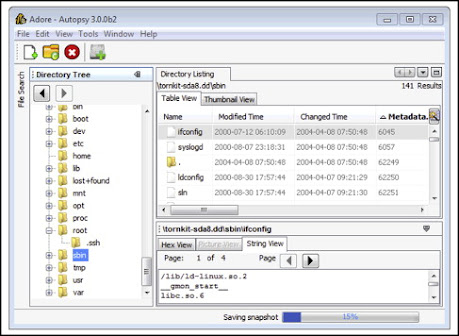Analysis Computer File System
File analysis helps organizations address their increasing data volumes by mapping the locations of their data and identifying who has access to what data (including file shares, email databases, enterprise file sync and share, records management, enterprise content management, Microsoft SharePoint, and data archives).
What is a file system in computer?
What is a File System?
In a computer, a file system -- sometimes written filesystem -- is the way in which files are named and where they are placed logically for storage and retrieval. Without a file system, stored information wouldn't be isolated into individual files and would be difficult to identify and retrieve.
What are the 4 types of file system?
File system - Wikipedia
File system types can be classified into disk/tape file systems, network file systems and special-purpose file systems.
Disk file systems. ...
Tape file systems. ...
Database file systems. ...
Transactional file systems. ...
Special file systems. ...
Minimal file system / audio-cassette storage.
A file system in a computer is the manner in which files are named and logically placed for storage and retrieval. It can be considered as a database or index that contains the physical location of every single piece of data on the respective storage device, such as hard disk, CD, DVD or a flash drive.
System analysis is conducted for the purpose of studying a system or its parts in order to identify its objectives. It is a problem solving technique that improves the system and ensures that all the components of the system work efficiently to accomplish their purpose. Analysis specifies what the system should do.
Types of Files used in an Organization System
Master file − It contains the current information for a system. ...
Table file − It is a type of master file that changes infrequently and stored in a tabular format. ...
Transaction file − It contains the day-to-day information generated from business activities.



Comments
Post a Comment